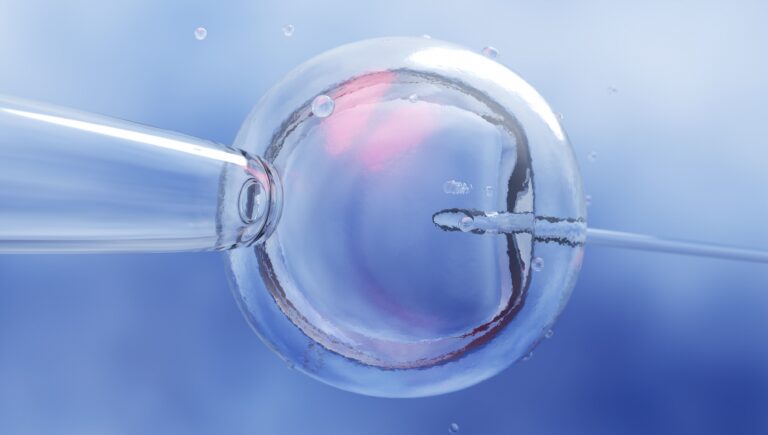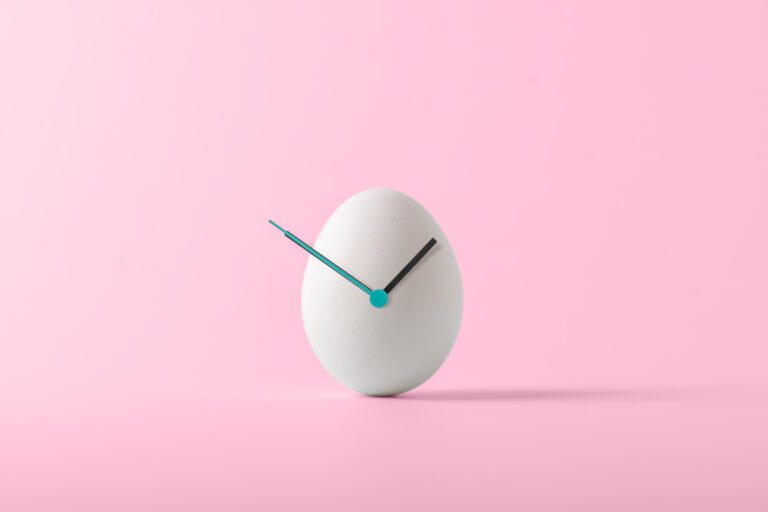Ovulation Tracking Tips
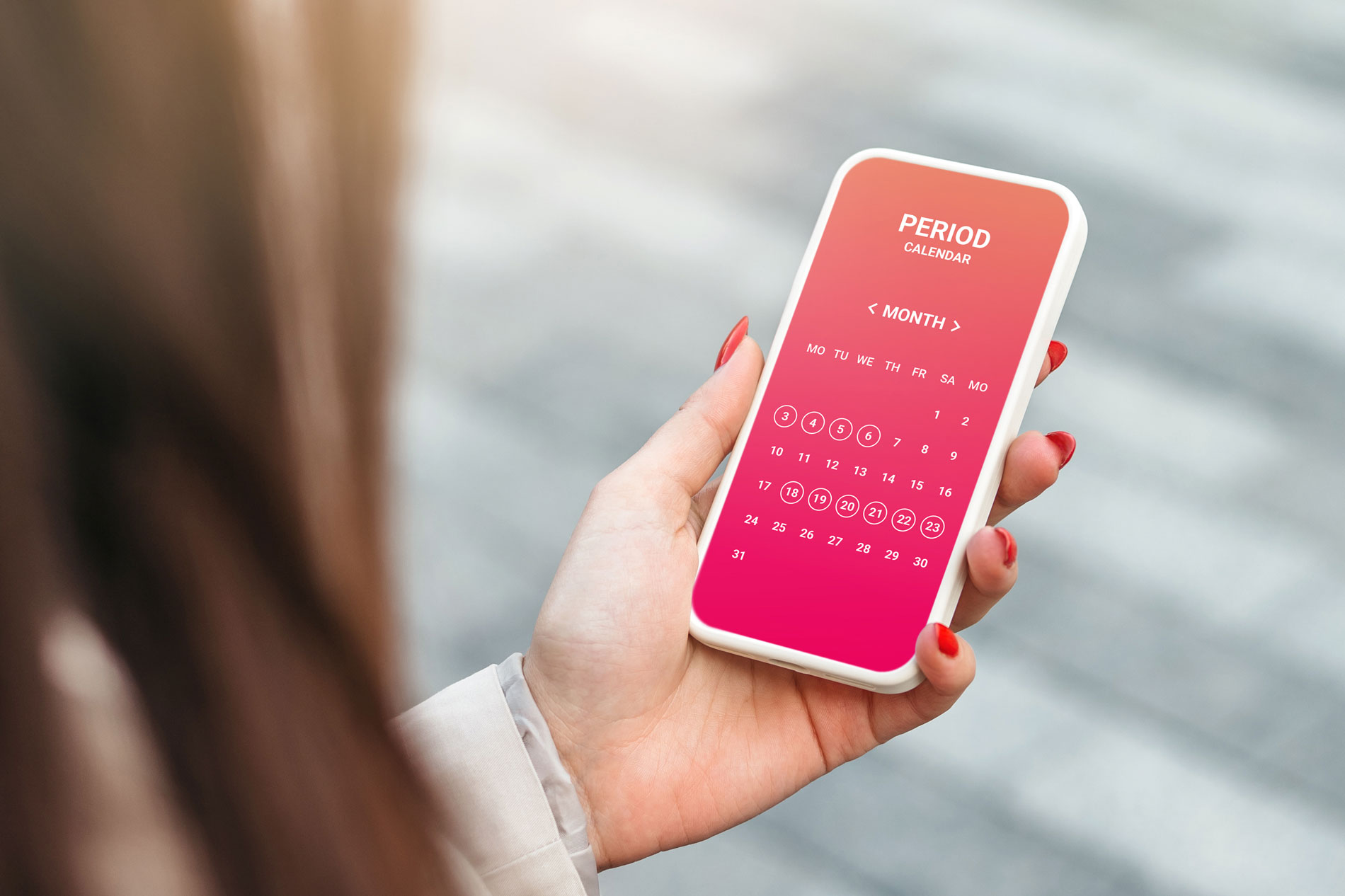
Ovulation tracking is used to pinpoint the time of ovulation so you understand your most fertile days and therefore maximise your chances of conceiving naturally. Ovulation tracking is a simple process that you can do yourself and is often a first step to help achieve pregnancy, particularly for women with irregular cycles. So what is ovulation tracking, and how does it work? In this blog we explain how to track ovulation and provide you with our top tips for tracking ovulation.
What is Ovulation Tracking?
Ovulation tracking is simply a way to identify when you are most fertile in your monthly menstrual cycle, which is important to know when trying for a baby. Understanding when pregnancy is most likely to occur allows you to time intercourse for a better chance of conceiving.
Timing of sex is essential when trying for a baby because the fertility window is, in fact, quite small. The fertile window is the part of your menstrual cycle around ovulation where the chance of conception is highest. The egg only survives for 12-24 hours after ovulation, so it must be fertilised during this time for pregnancy to occur. Sperm, however, live for 2-3 days, even up to five days, within the female reproductive tract, so if you have sex in the five day window prior to ovulation, it is possible to conceive, as the sperm will already be present when the egg is released.
Many women assume that ovulation always occurs at the same time in their cycle, but this may not be the case. It can be even more challenging to know when to have intercourse if your cycles are irregular, which is when ovulation tracking is especially useful.
If you plan to have a family soon but are not actively trying, it is a good idea to start tracking ovulation early. This will give you valuable insight into your menstrual cycle and your fertility window so you have the information you need, when you are ready to conceive.
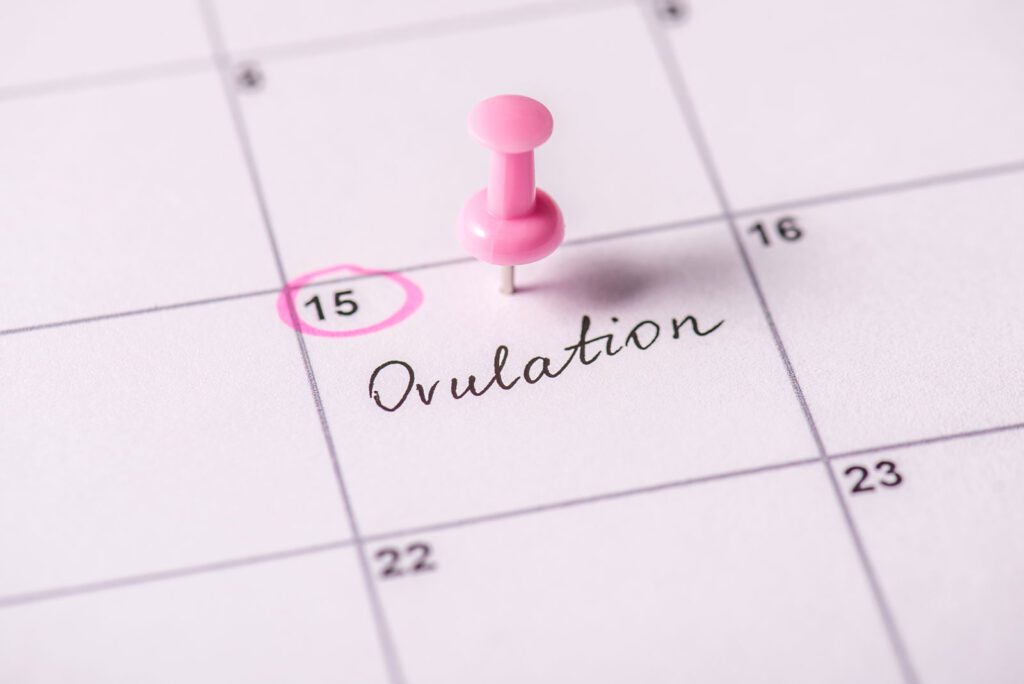
Top Tips for Tracking Ovulation
1. Chart your menstrual cycle
Your menstrual cycle is one of the easiest ways to track ovulation – all you need is a
calendar and to know how often you menstruate, from this you will be able to
determine your fertile window. Since the length of your cycle can vary slightly from
month to month, it’s best to keep track for a few months. When determining the
length of your cycle, mark the first day of your period as Day 1. Count the number of
days until your next period to determine your cycle length.
Ovulation occurs around 14 days before your next period. In a typical 28 day cycle,
ovulation happens at the midpoint of your cycle, ie. day 14. This means your most
fertile days (or your fertile window) are days 12 – 14 (the day of ovulation and 2 days
prior).
If your cycle is shorter or longer than 28 days, note your expected period date and
work backwards two weeks for an approximate fertile window. For example, if you
have a 35 day cycle, ovulation occurs around day 21 (making your fertile window
days 19 – 21). If you have a 25 day cycle, for example, ovulation occurs around day
11 (making your fertile window days 9 – 11).
2. Monitor your discharge
Your vaginal discharge can indicate when you are about to ovulate. Vaginal discharge changes during your menstrual cycle, going from thick to clear and slippery around ovulation – this is to help the sperm reach the egg. Check your discharge throughout your cycle; if it resembles ‘egg white’ in consistency, it is a good time to try for a baby.
3. Check your basal body temperature
Your body temperature also changes around the time of ovulation. Be sure to check
your basal body temperature – known as your ‘resting’ temperature throughout your
cycle. The best way to do this is to take your temperature using a digital thermometer at the same time every morning as soon as you wake. You may notice
a slight increase on certain days of the month, which can indicate ovulation is
occurring.
Some studies have shown that basal body temperature is not always the most
reliable method for tracking ovulation, and factors such as eating and drinking
before checking your temperature can affect results. However, used in conjunction
with the other methods described here and used with caution, it can be another
helpful technique for understanding your cycle.
4. Be aware of physical changes
In addition to changes in your vaginal discharge and your basal body temperature, it
is possible you may experience other physical signs of ovulation. These include mild
cramping in the abdomen and a higher sex drive. Again, it is best to track these signs over a few months so you can get an idea of what is typical for your body. Not
everyone will experience these physical changes.
5. Use an ovulation prediction kit
Ovulation prediction kits are widely available off-the-shelf and work much like a
home pregnancy test. They measure Luteinising Hormone (LH) in your urine, which
surges just before ovulation.
If your ovulation prediction test returns a positive result, this means ovulation is
likely in the next day or so. Ovulation prediction kits are highly accurate when used
correctly and are quick and simple to use. If you have a regular cycle, start to test for
ovulation in the days leading up to ovulation. If you have an irregular cycle, start
testing shortly after the end of your period.
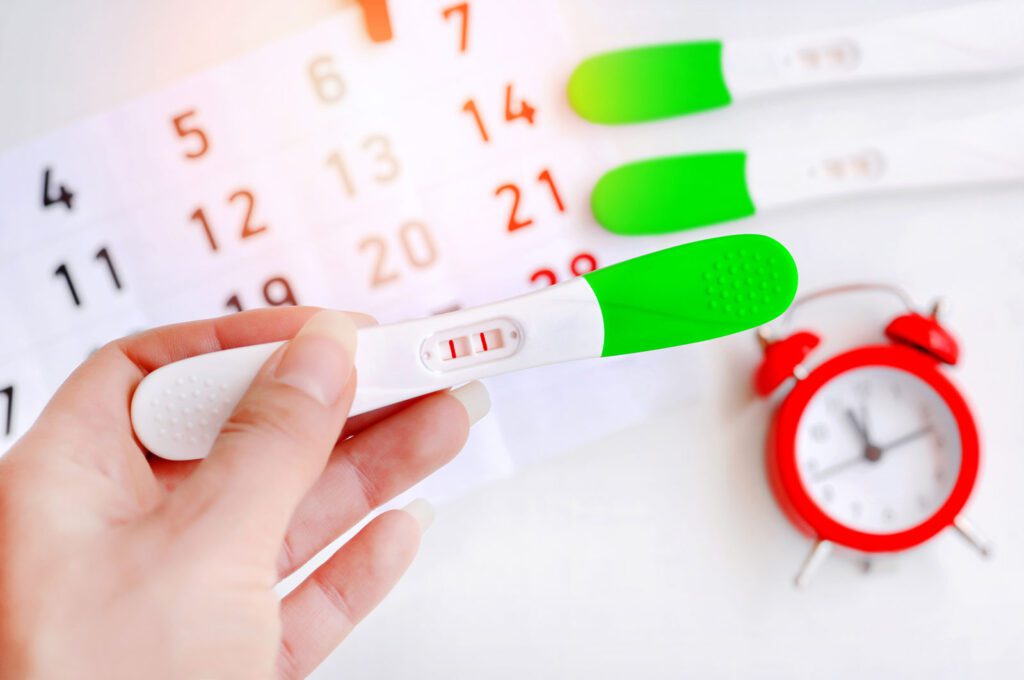
6. Use a digital ovulation tracking method
If you prefer digital ovulation tracking methods, there are plenty of free online tools
and apps. An ovulation calculator, like this one by public health program Your
Fertility, does all the tracking work for you.
Select the first day of your last period and your typical cycle length, and it reveals
your fertile window. Or use an app – however, make sure to check the data privacy
policy as per advice from CHOICE, if you are concerned about app access to sensitive information.
Ovulation Tracking Not Working?
If you have been tracking ovulation for some time but have not conceived, it doesn’t always mean you need fertility treatment such as IVF. It could just be that it is taking longer to conceive due to factors such as your age, health, and lifestyle. It could also mean that you would benefit from having your ovulation tracked by a Fertility Specialist who will use more sophisticated procedures and processes than those available at home.
A Fertility Specialist will look into your medical history, including any pre-existing conditions. They may undertake simple fertility investigations for you and your partner to make sure there is nothing preventing conception, such as blocked fallopian tubes, lack of ovulation, or poor sperm motility. They will also consider different lifestyle factors that can affect your ability to conceive, ensuring your health and wellbeing are optimised.
If treatment is advised, you may be offered Ovulation Induction (OI) treatment, which is often used in conjunction with ovulation tracking. OI involves using fertility medication to stimulate your ovaries to produce a mature egg. You will be monitored throughout your cycle, using blood tests and scans to check you are safely responding to stimulation and to pinpoint when ovulation is about to happen so you can accurately time intercourse. OI is a good first-line treatment if you are not conceiving due to ovulation problems or irregular cycles but have normal fallopian tubes and sperm count is good.
Further Information
If you are worried about your fertility or have any questions about tracking ovulation or ovulation induction treatment, contact us to chat with one of our friendly fertility advisors.

